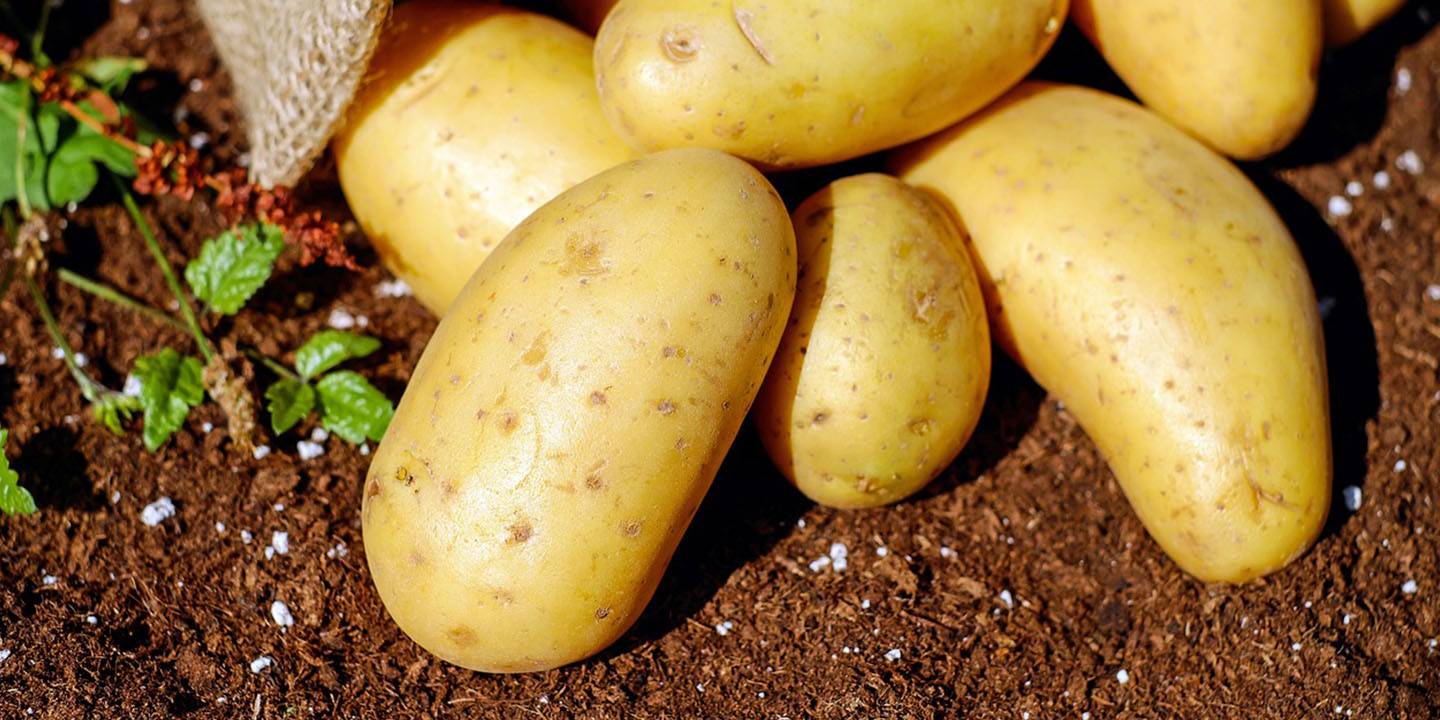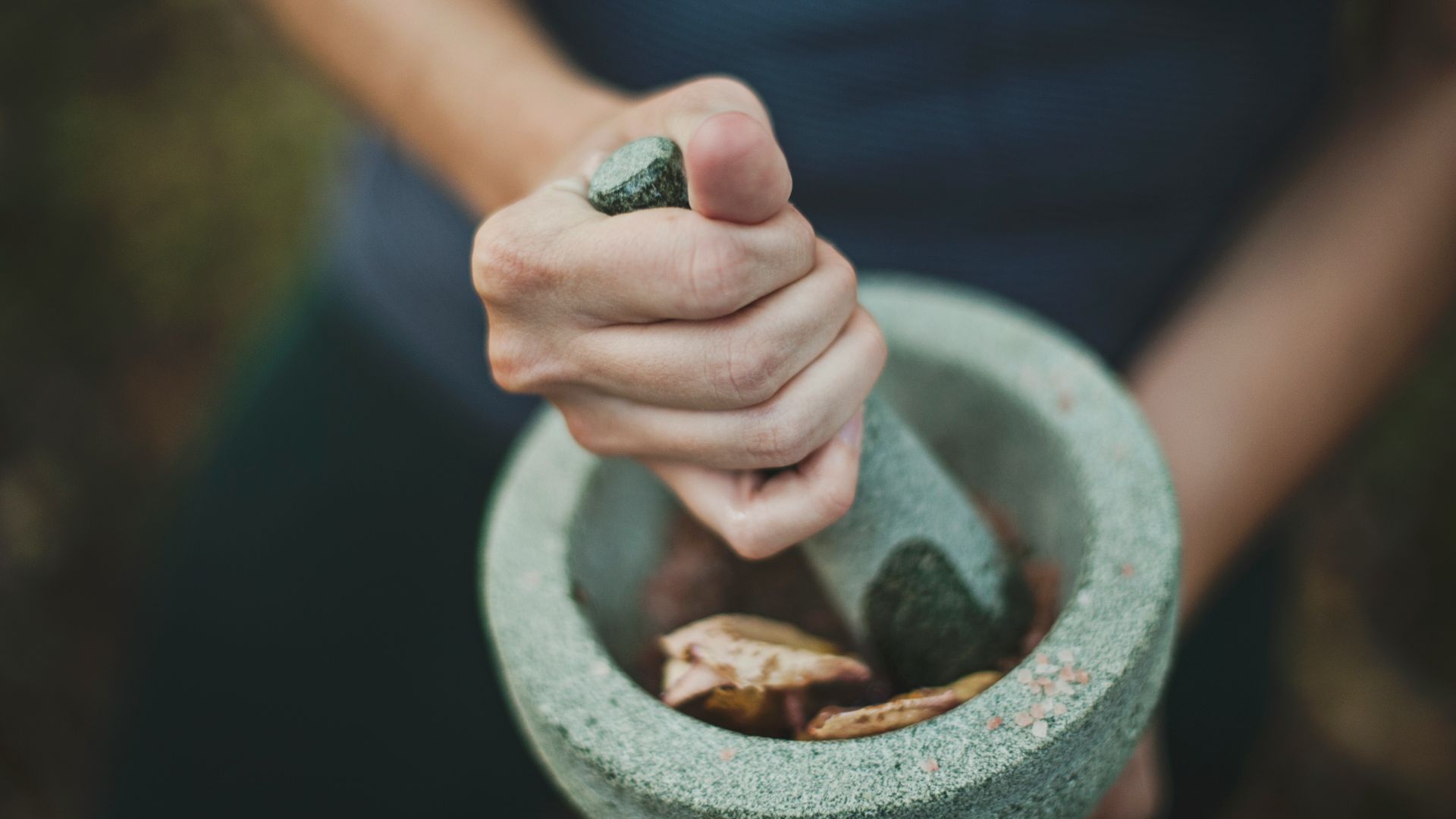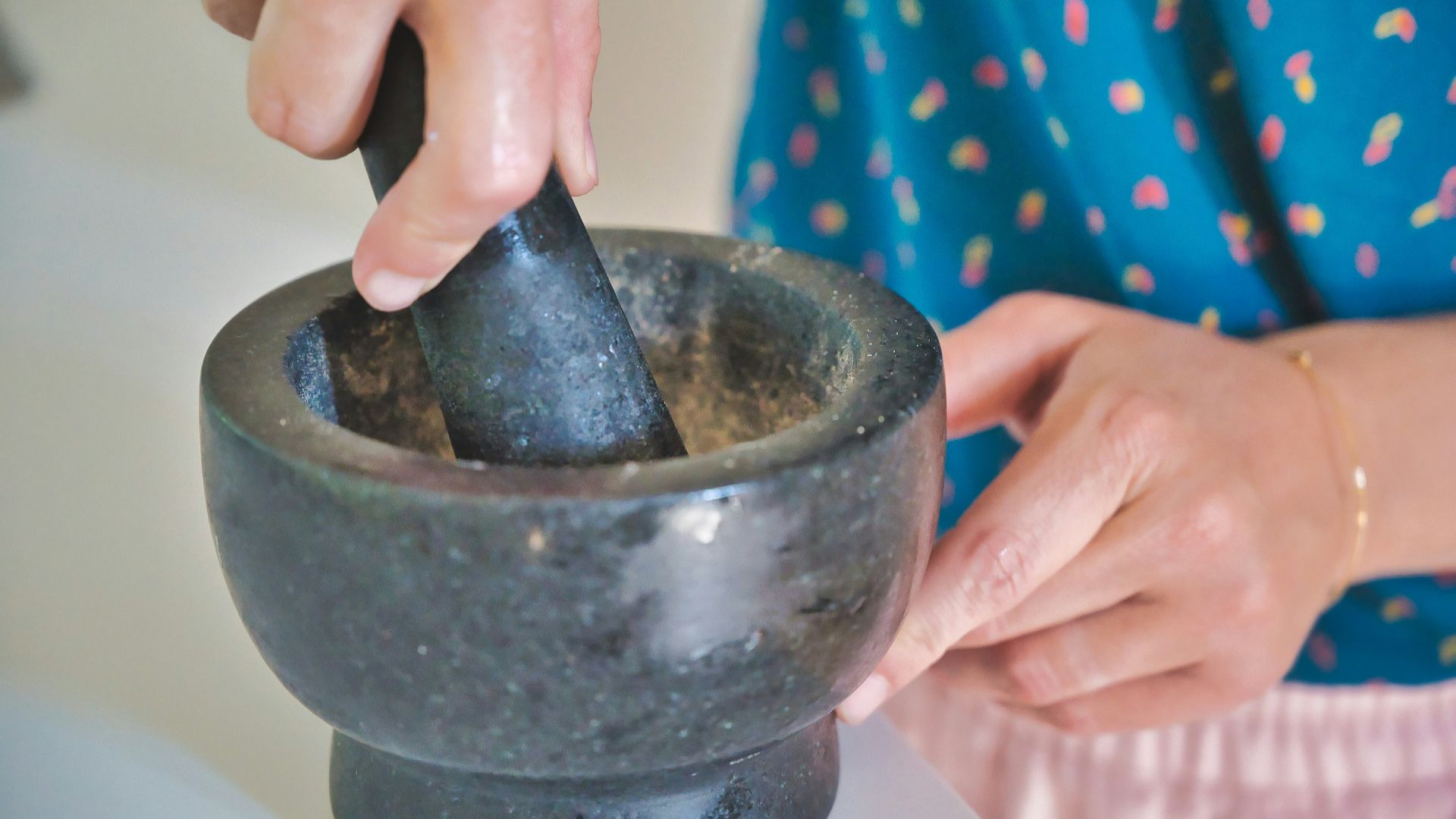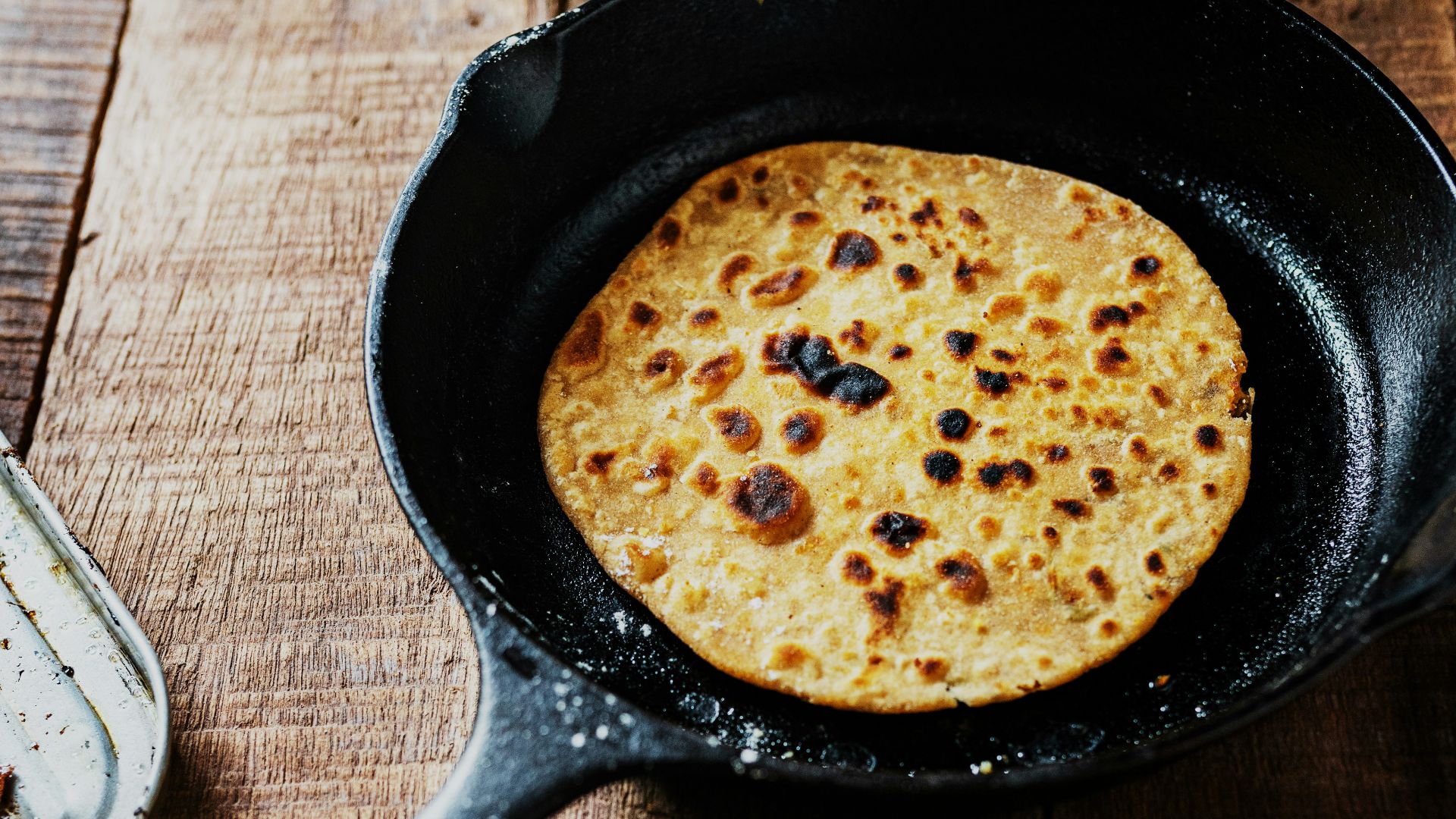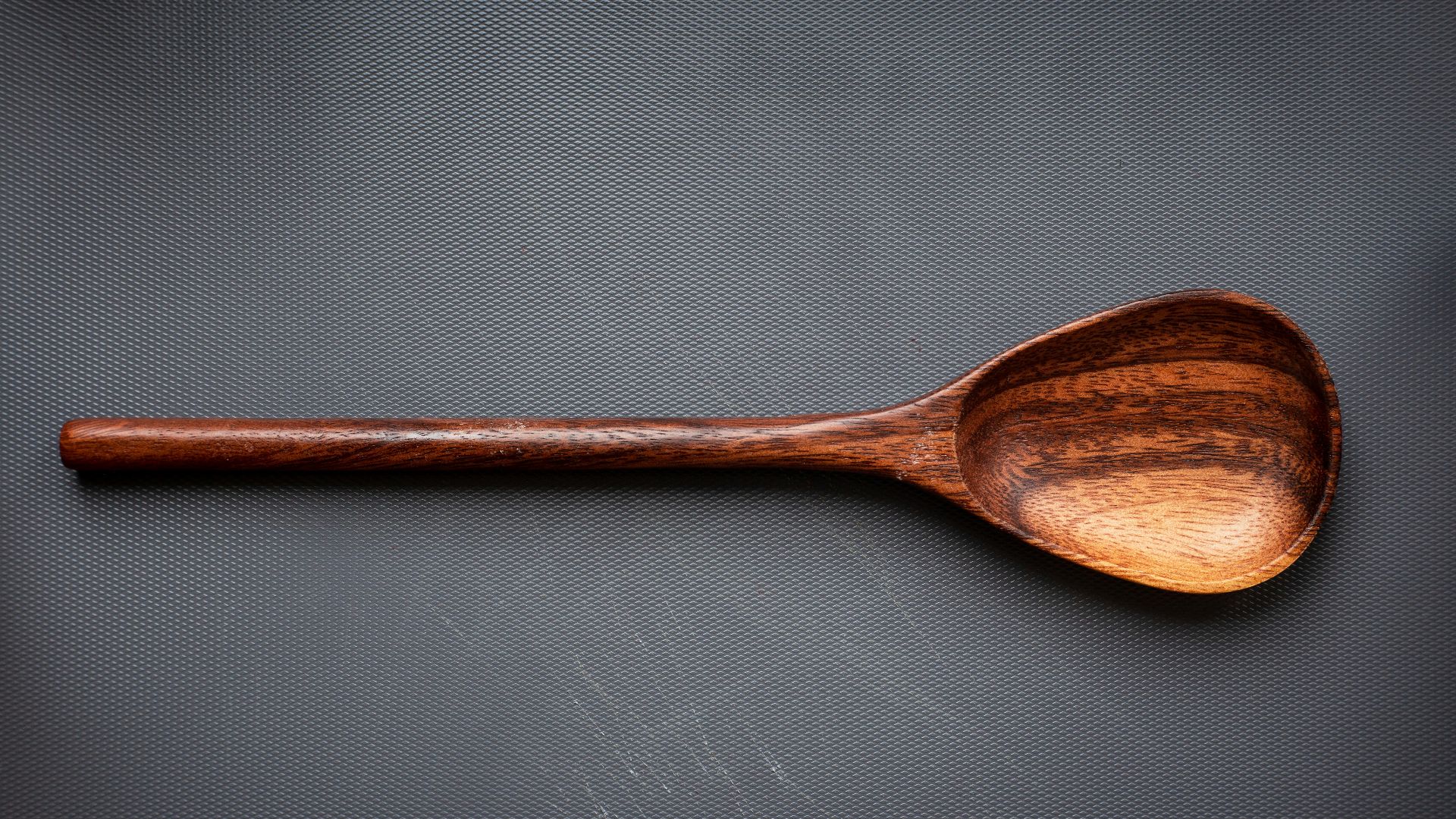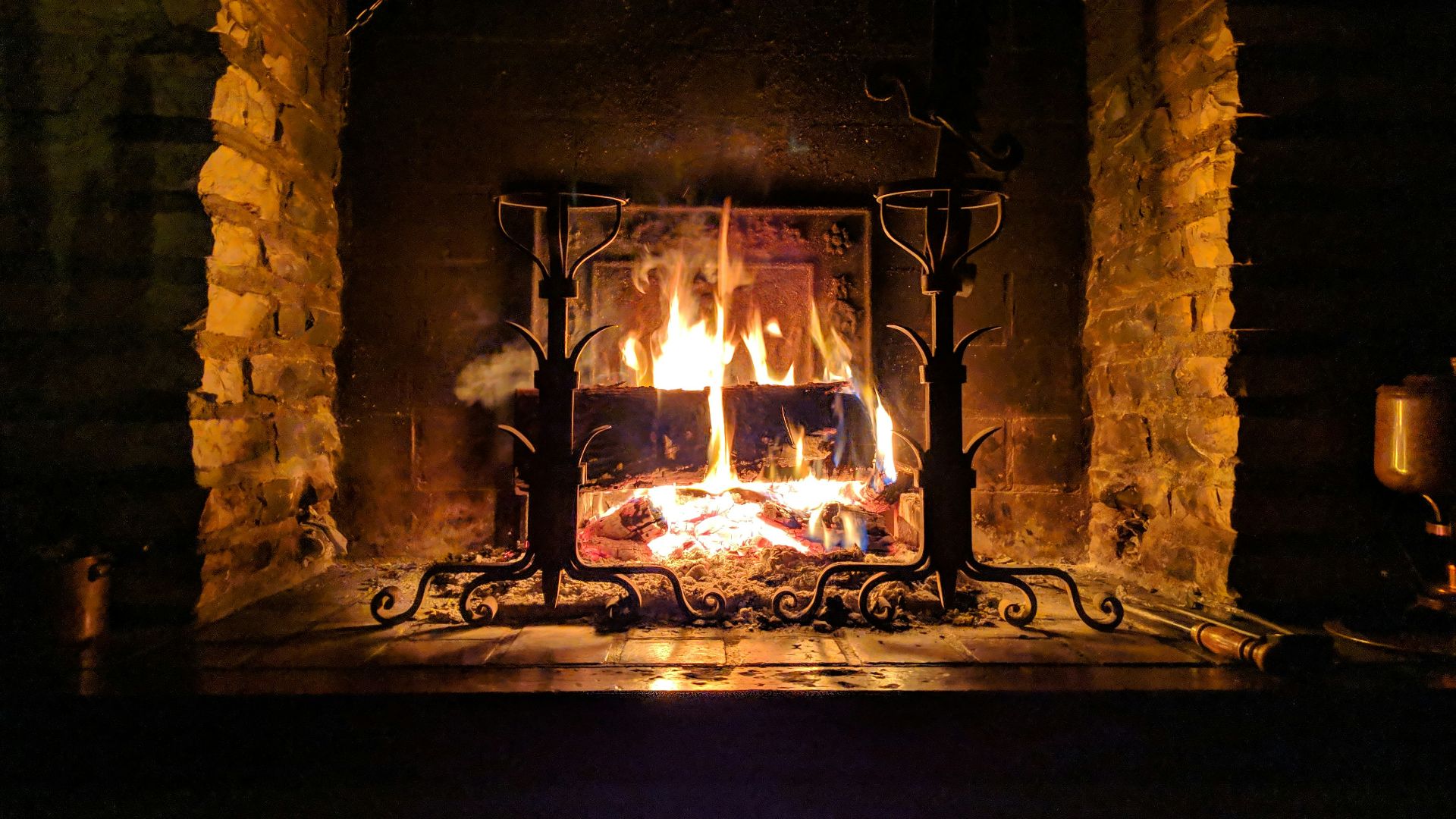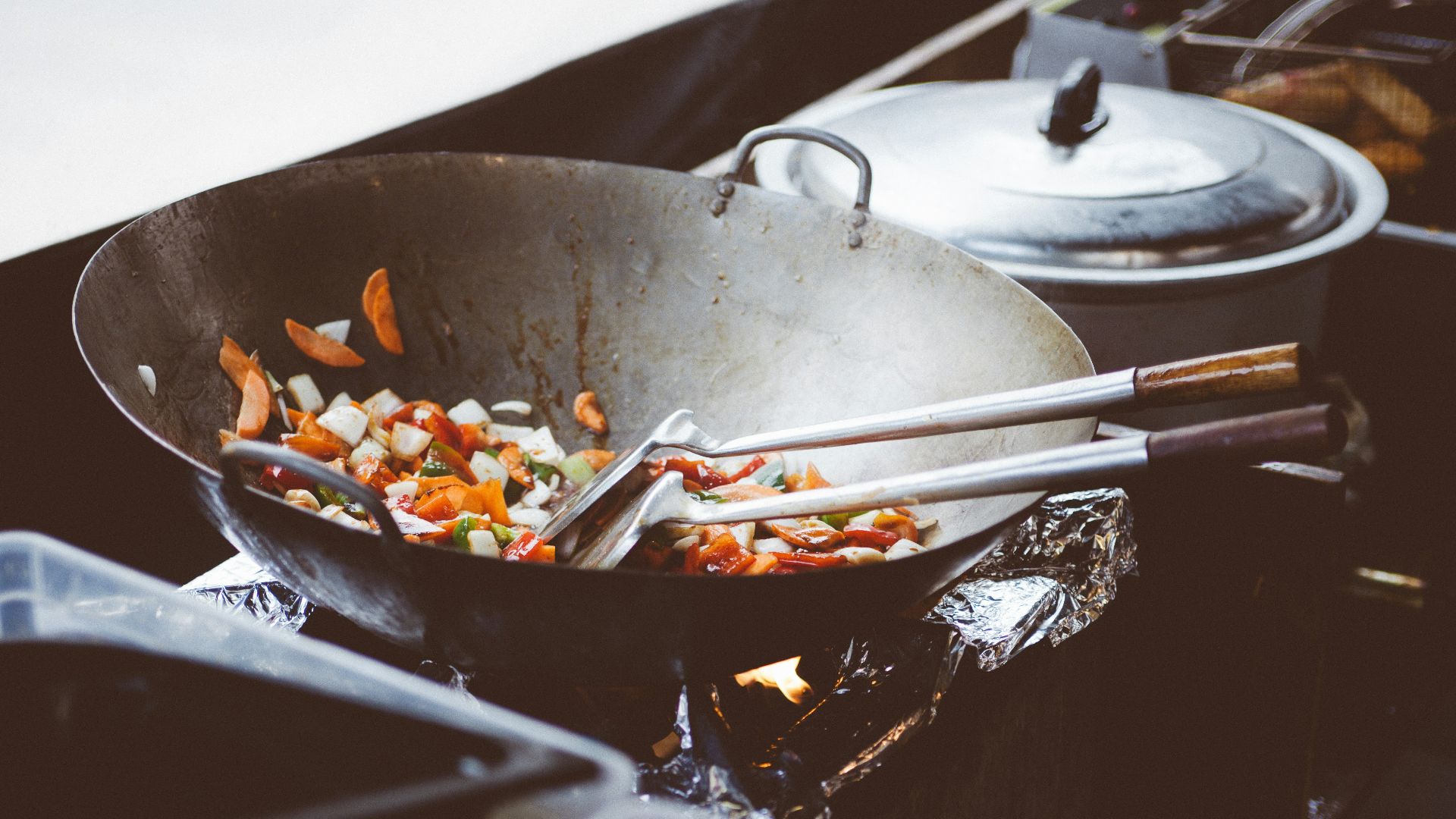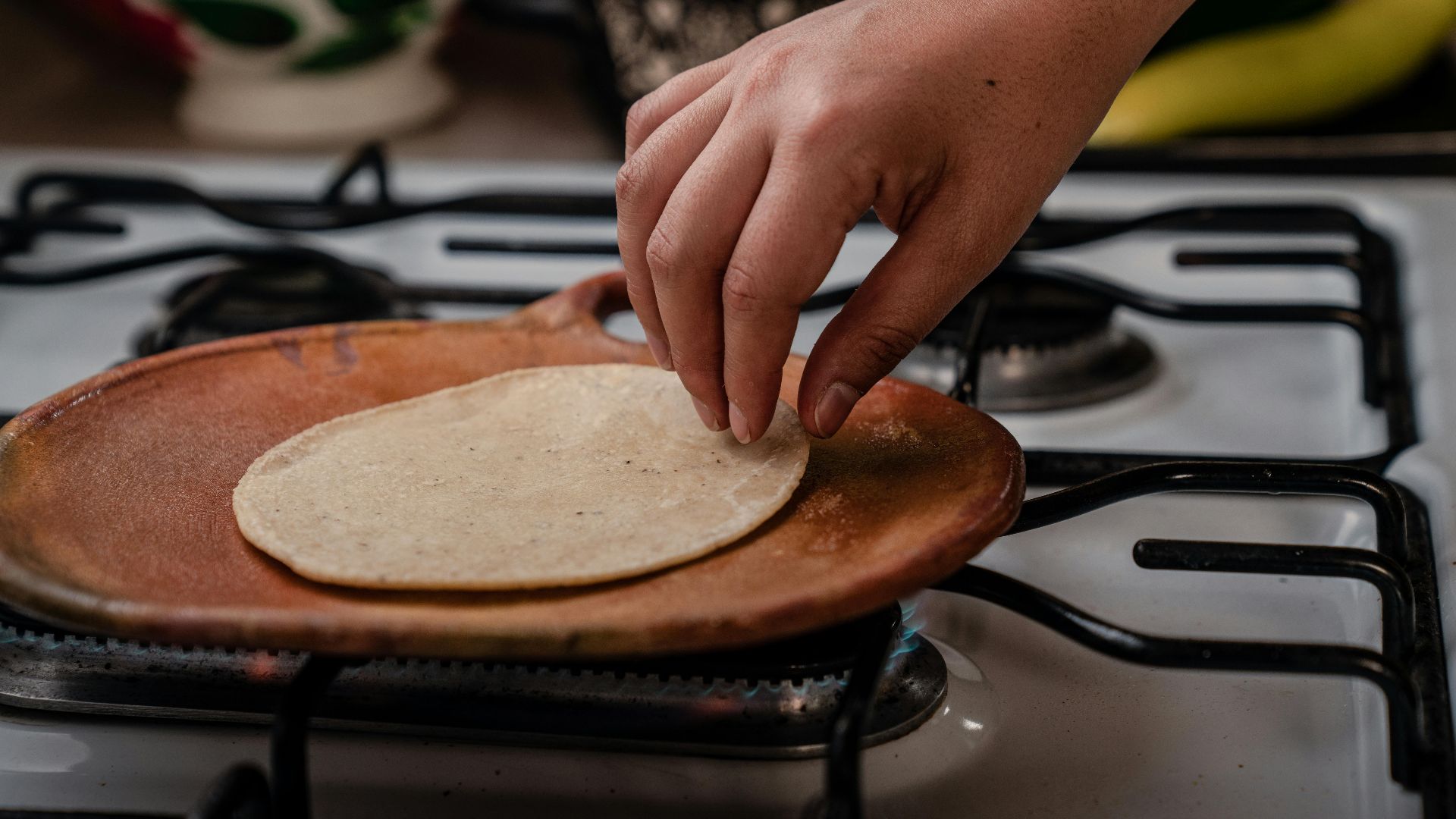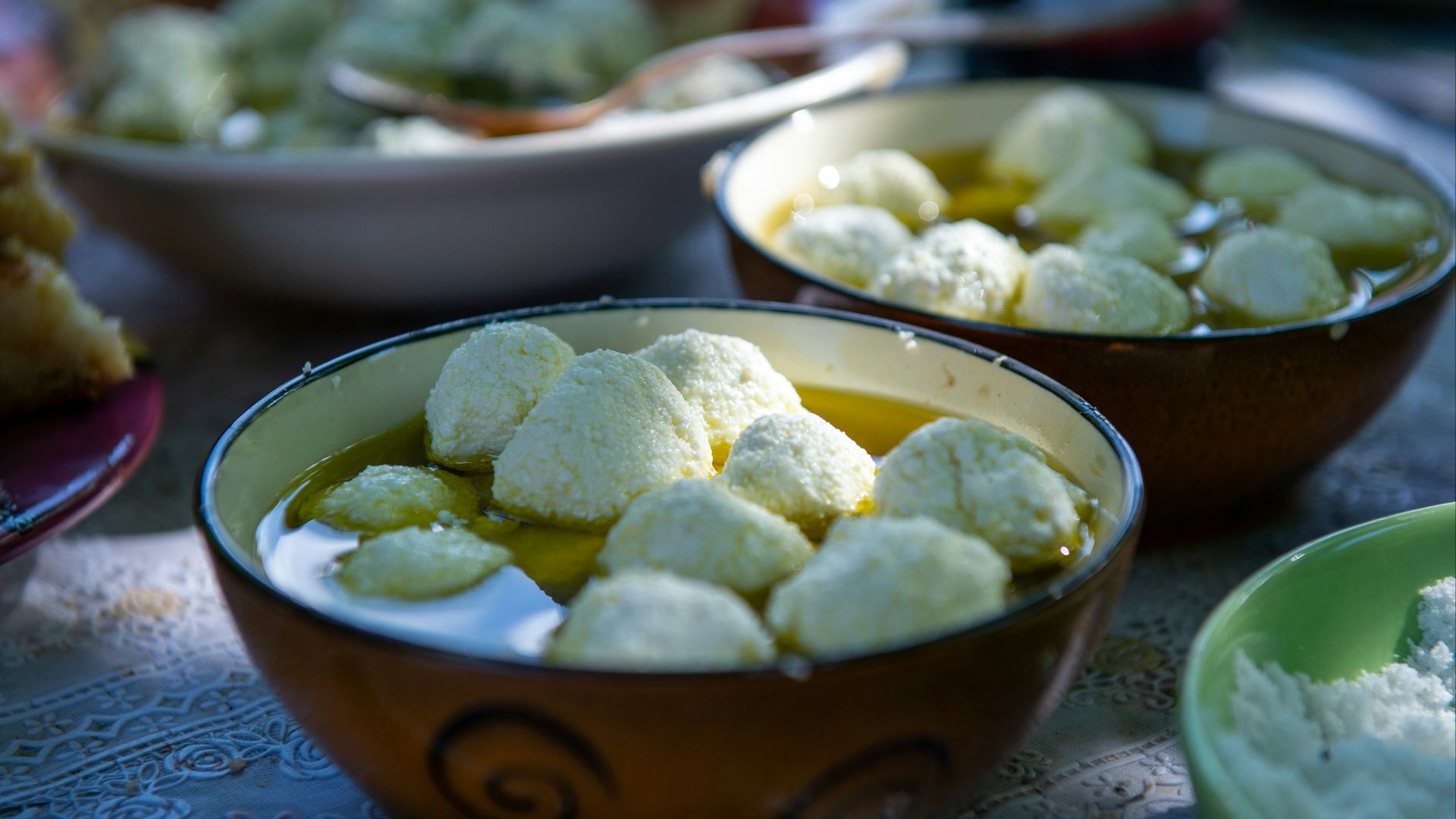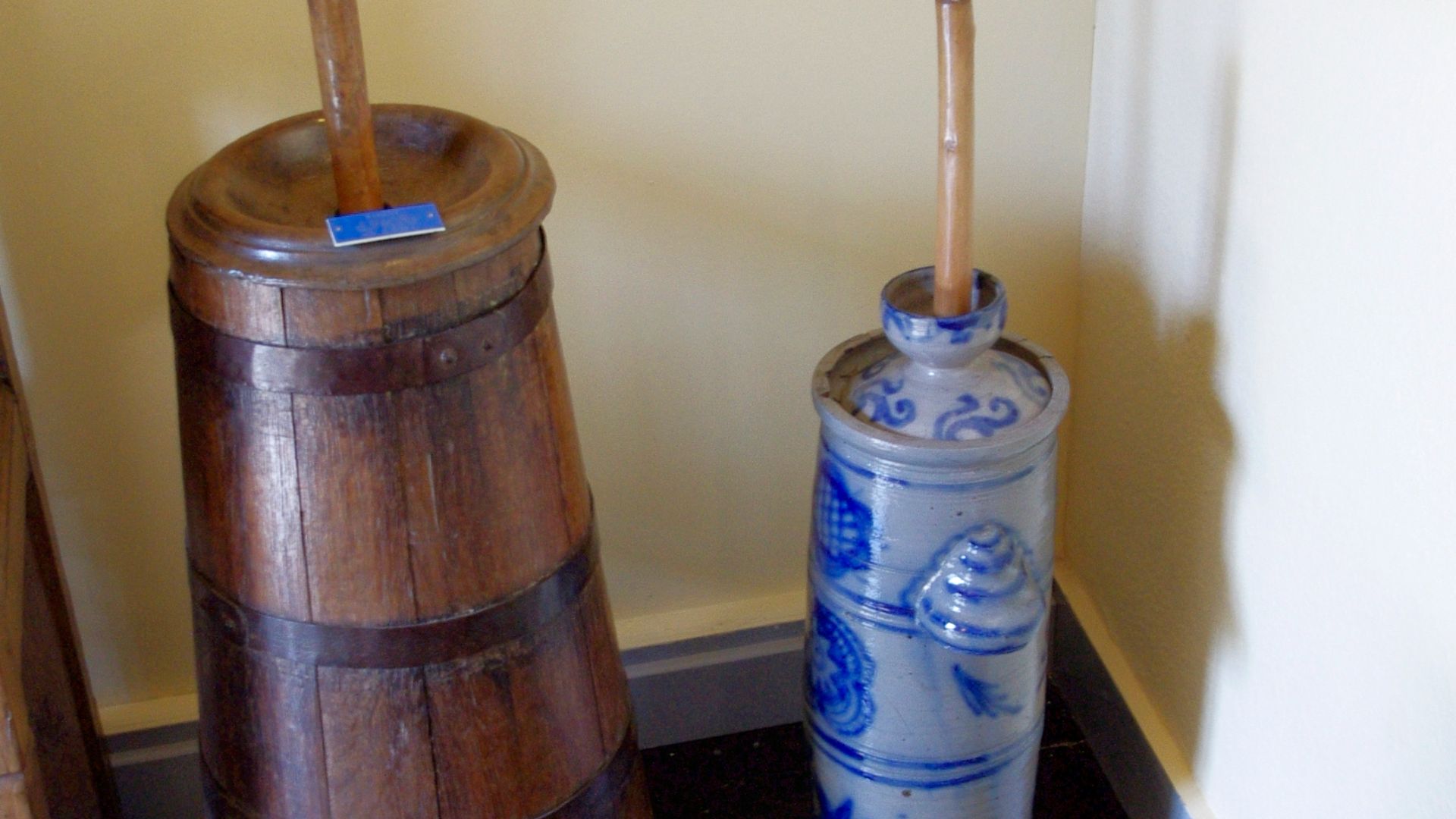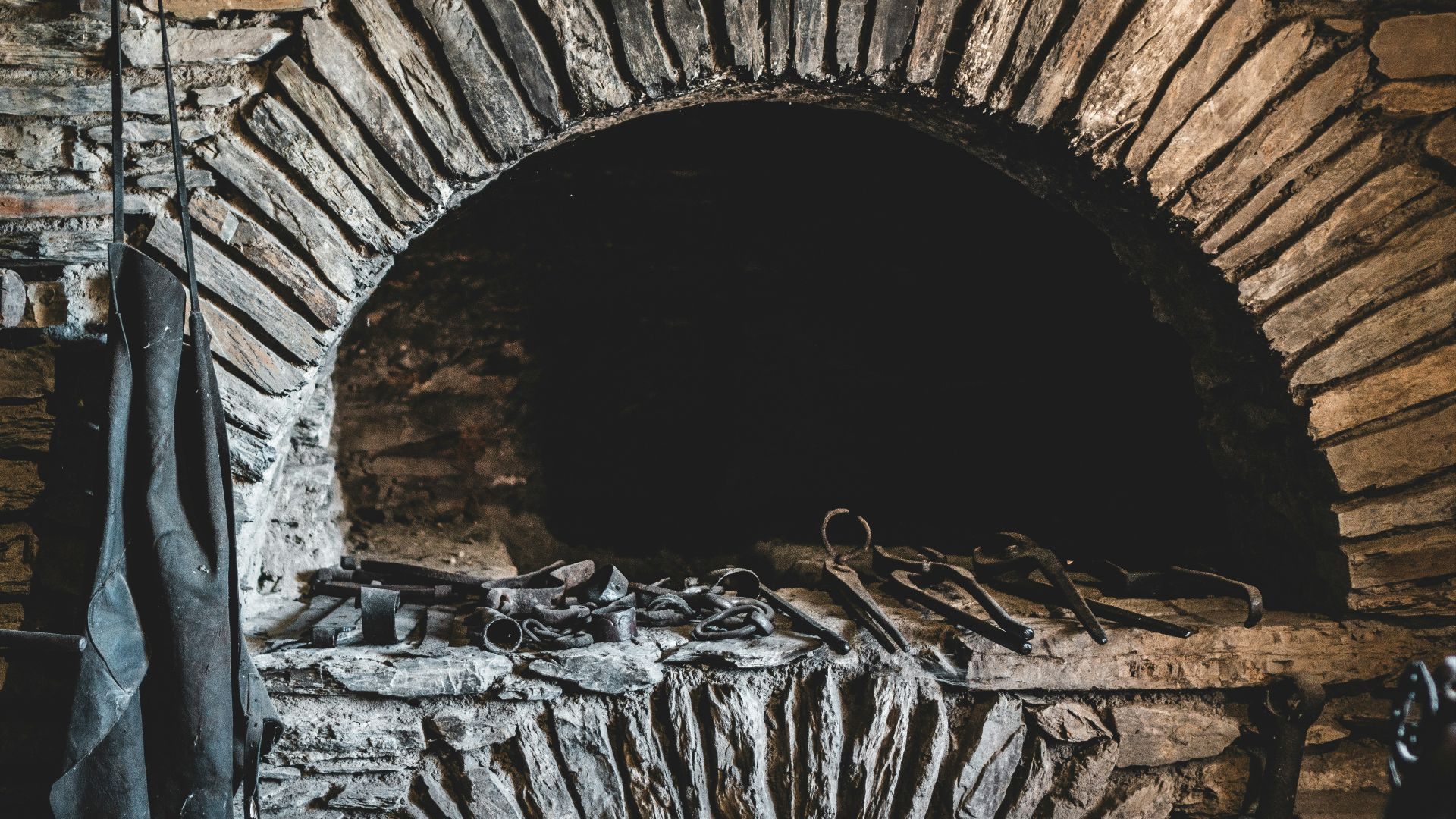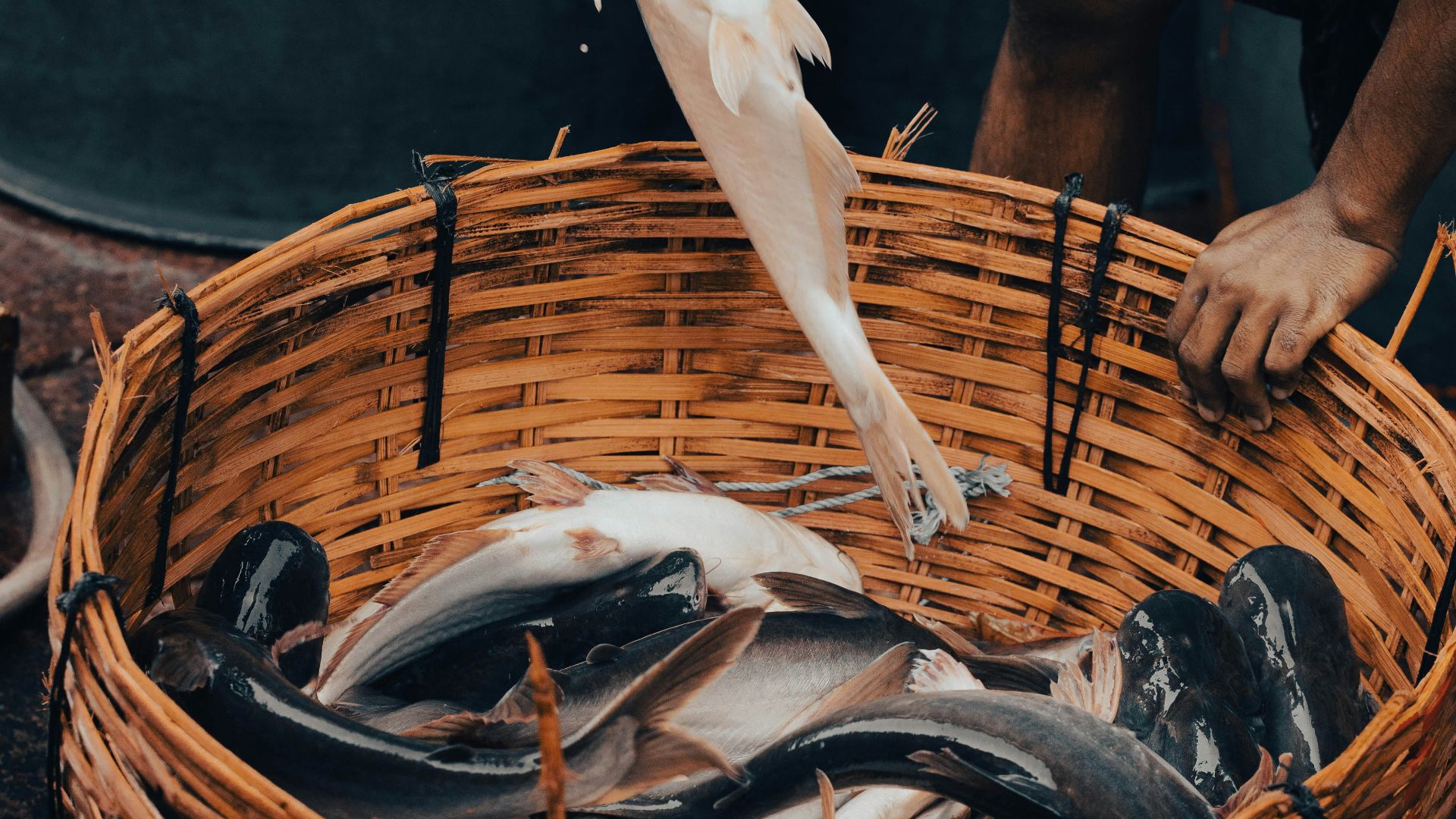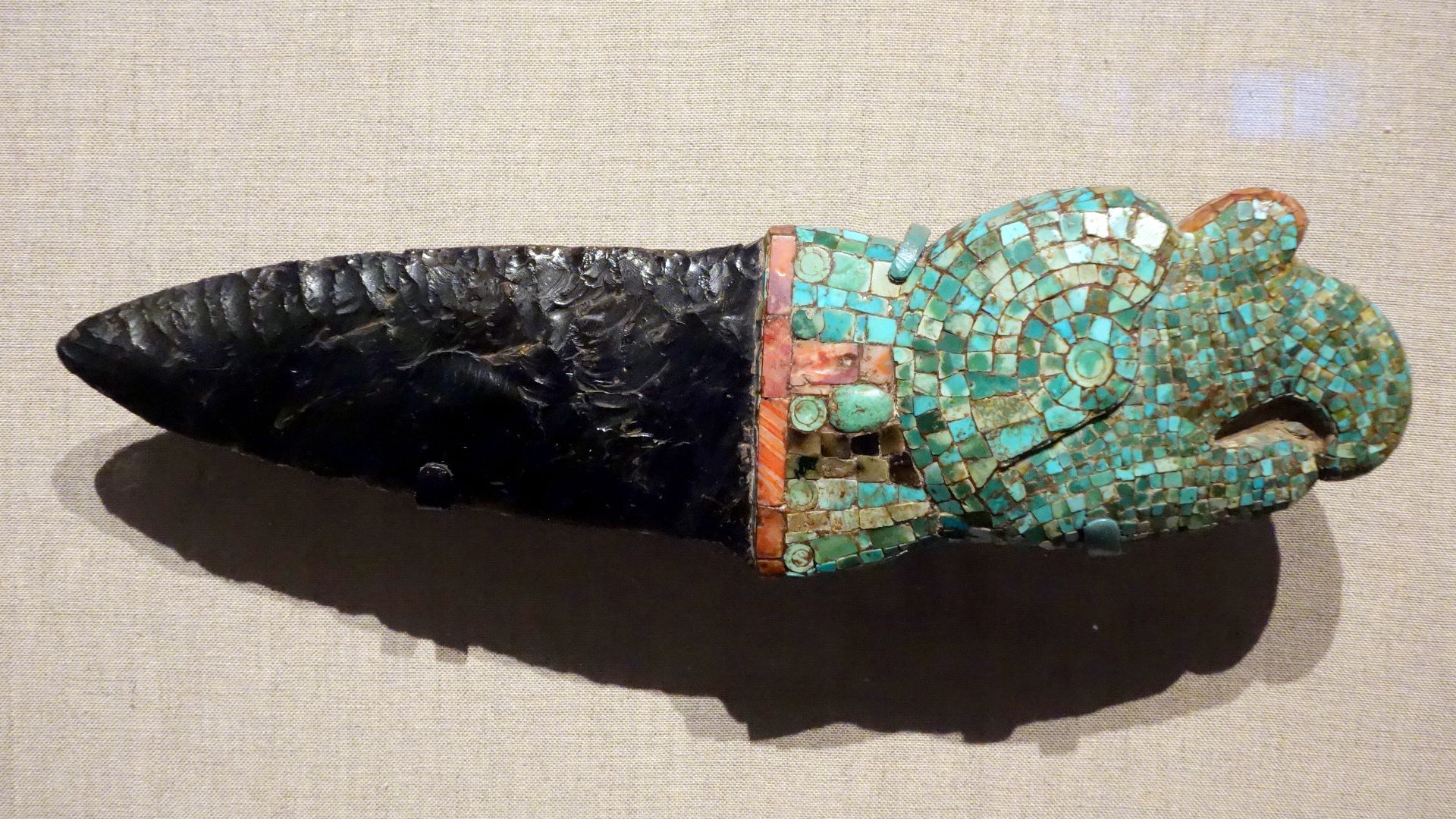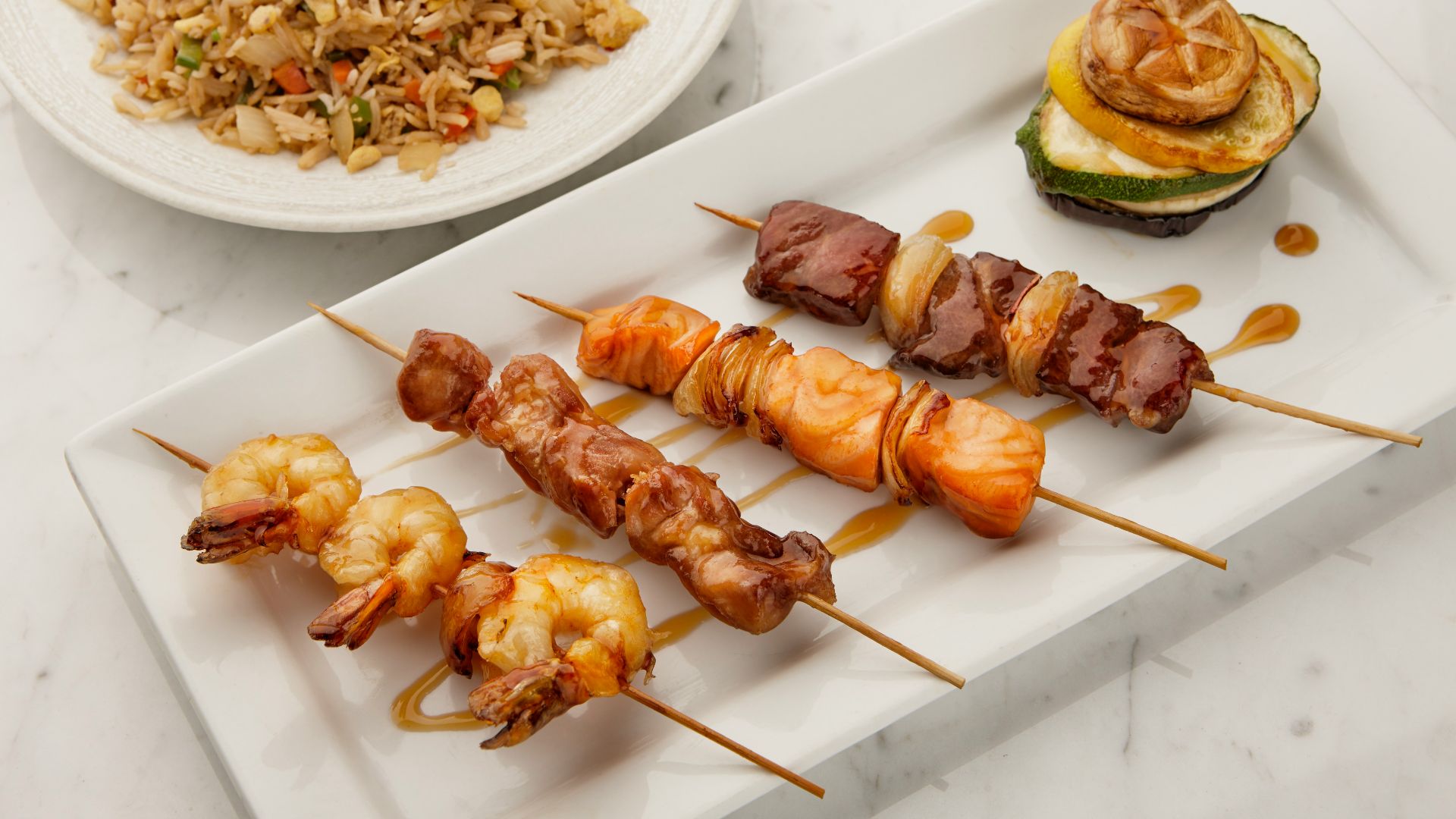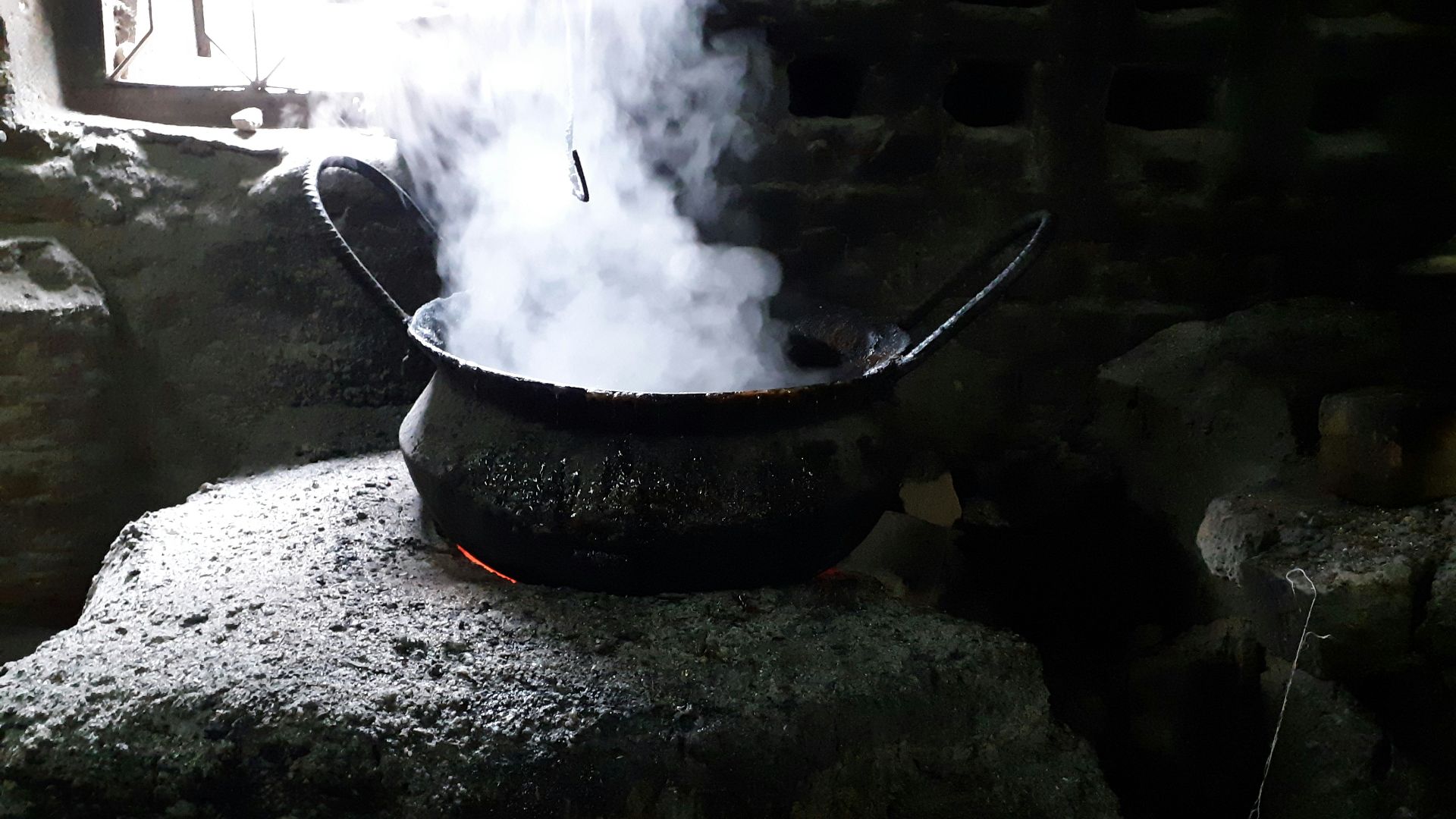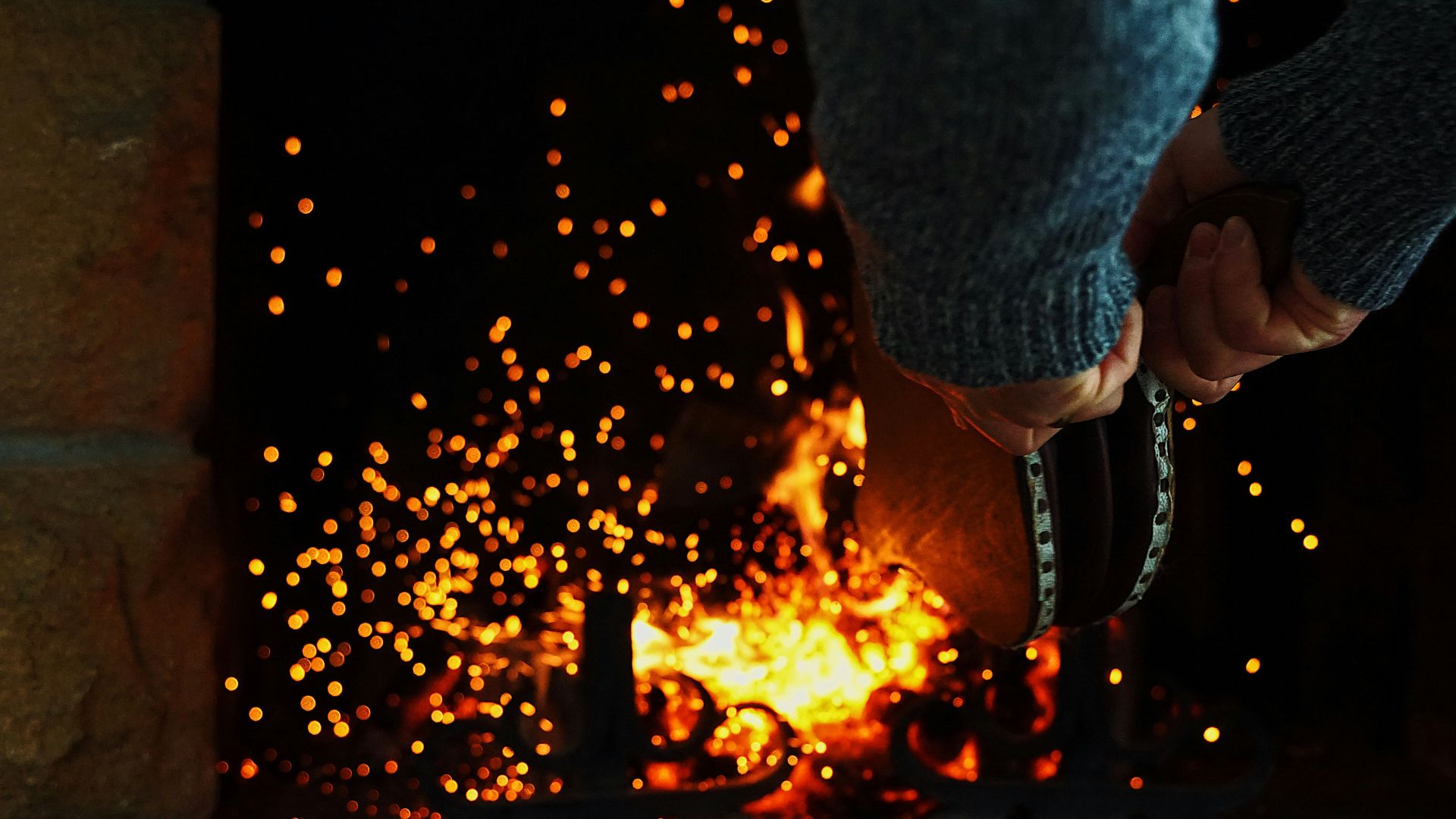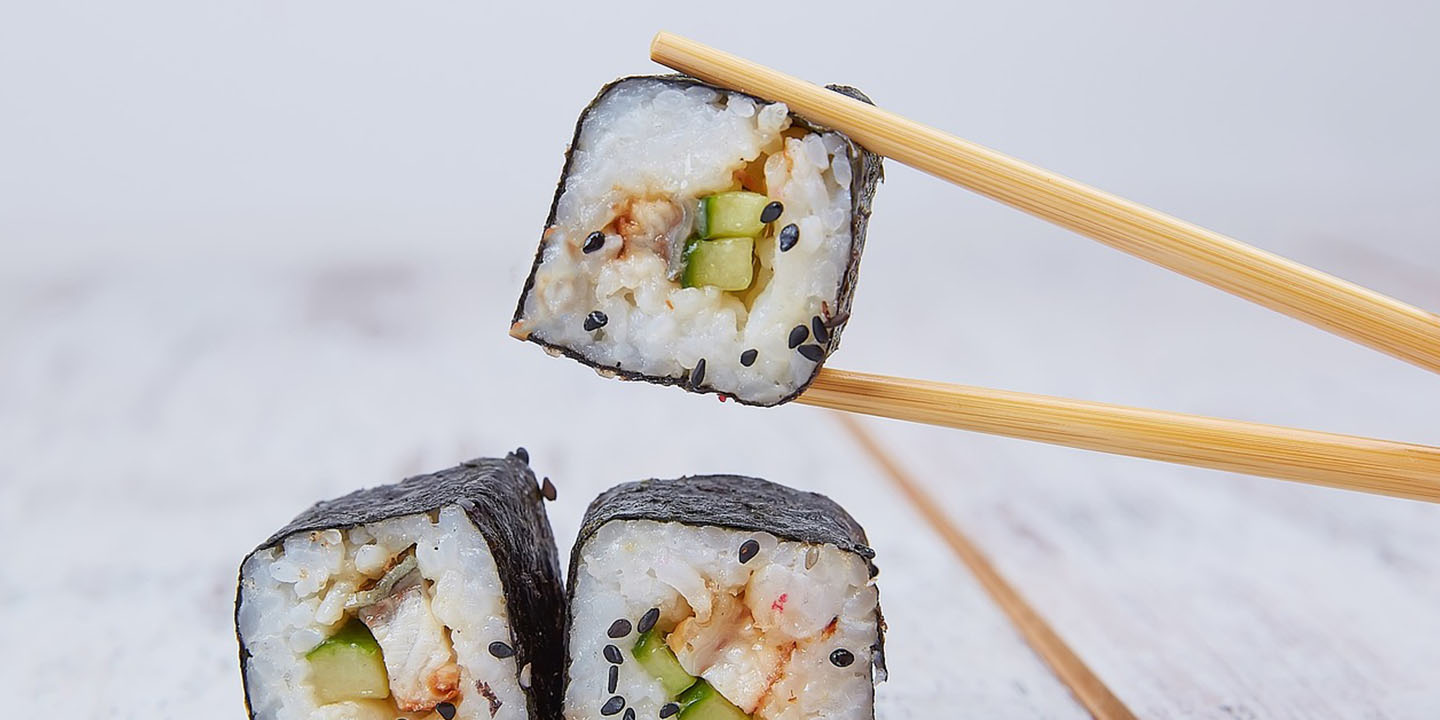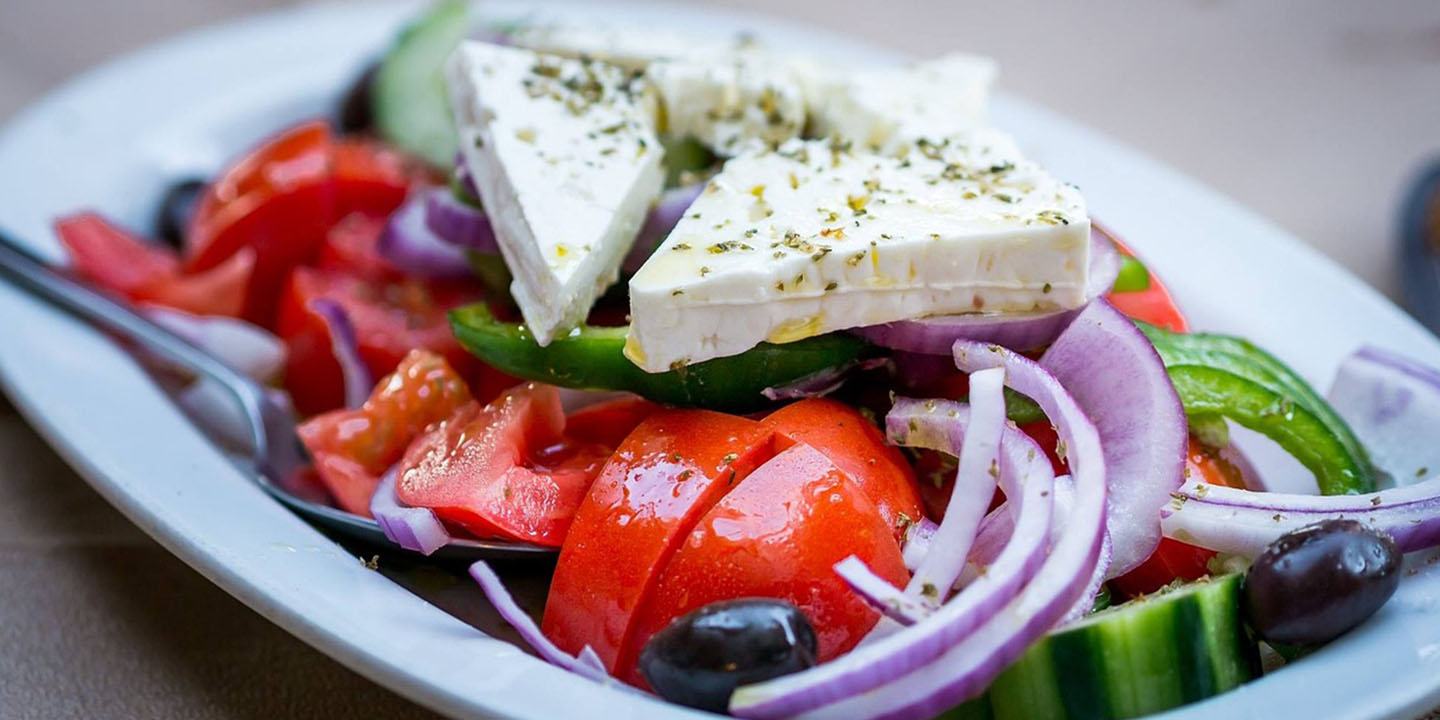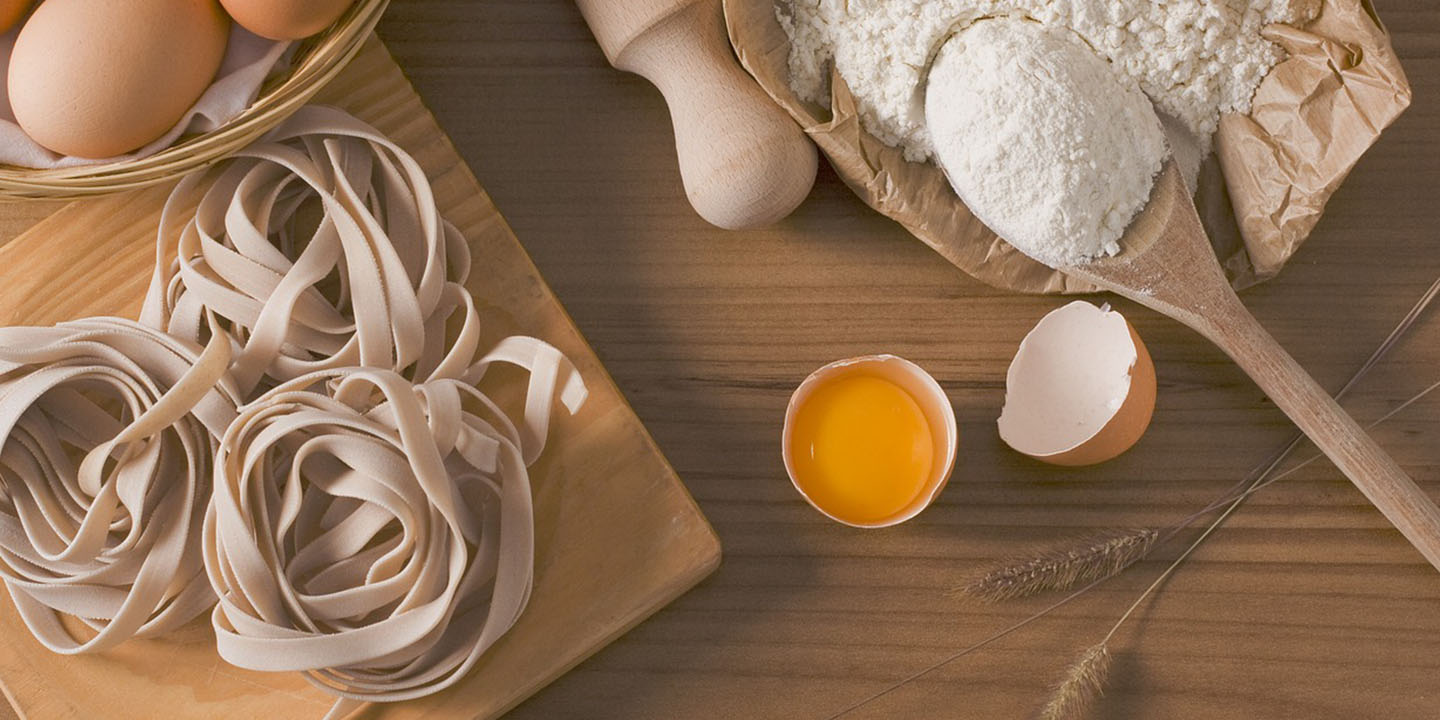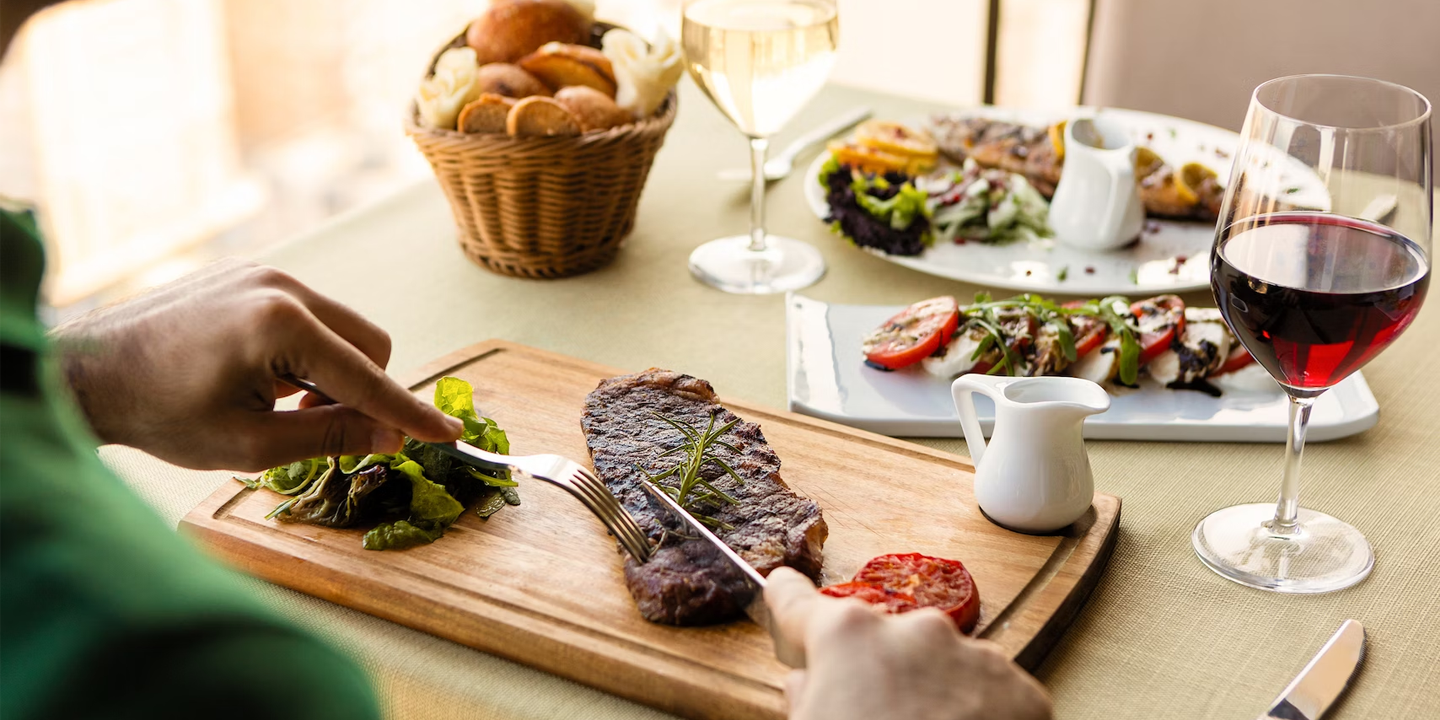Timeless Tools With Fire, Stone, And Hand
Cooking isn’t something new; it’s the oldest performance art we have, the task where hunger, ritual, and invention merge together over an open flame. Some of the crude tools humans once relied on were born of sheer necessity, and yet, curiously, many of them still hold their ground even in the age of stainless steel and silicone cooking equipment. We don’t just keep them in our cabinets for the nostalgia factor; they still work. And sometimes, in spite of the new-age gadgets crowding kitchen drawers, the antiquated equipment often works even better. Here are twenty ancient cooking tools that still work today.
1. Stone Mortar And Pestle
The rhythmic scraping and grinding sound seems to emanate from deep within the repository of prehistoric memory. Crushing garlic or chilies in a molcajete makes the flavors come alive in a way that they don’t in a food processor. The paste feels alive, oils mingling in a way that blades just don’t coax out.
2. Clay Pot
Clay breathes in a way that metal and plastic don’t. If you simmer beans slowly in a clay pot, the starch thickens into a broth that feels almost velvety. In parts of Mexico, families still cook frijoles de olla this way. The pot itself gets seasoned with time, darkening with smoke and the memories of past meals.
3. Cast Iron Pan
Once you start using cast iron, it’s hard to return to flimsy pans. Searing steak on a well-seasoned skillet gives it a caramelized crust like no other. And it’s sturdy enough to pass down generations, unlike modern non-stick pans. Some skillets outlive their owners by centuries.
4. Wooden Spoon
They’re plain and unassuming, but remarkably useful. A wooden spoon won’t scratch ceramic coatings or get unbearably hot in your hand. Somehow, the feel of a wooden spoon scraping the bottom of a pot of polenta or thick risotto is oddly comforting and primal.
5. Grinding Stone (Metate)
These flattened slabs of volcanic rock were once used in Mesoamerica for grinding corn (and still are). Try it sometime—pressing masa into life between stone and stone. It’s heavy labor, but the tortillas have an added complexity and a smoky infusion.
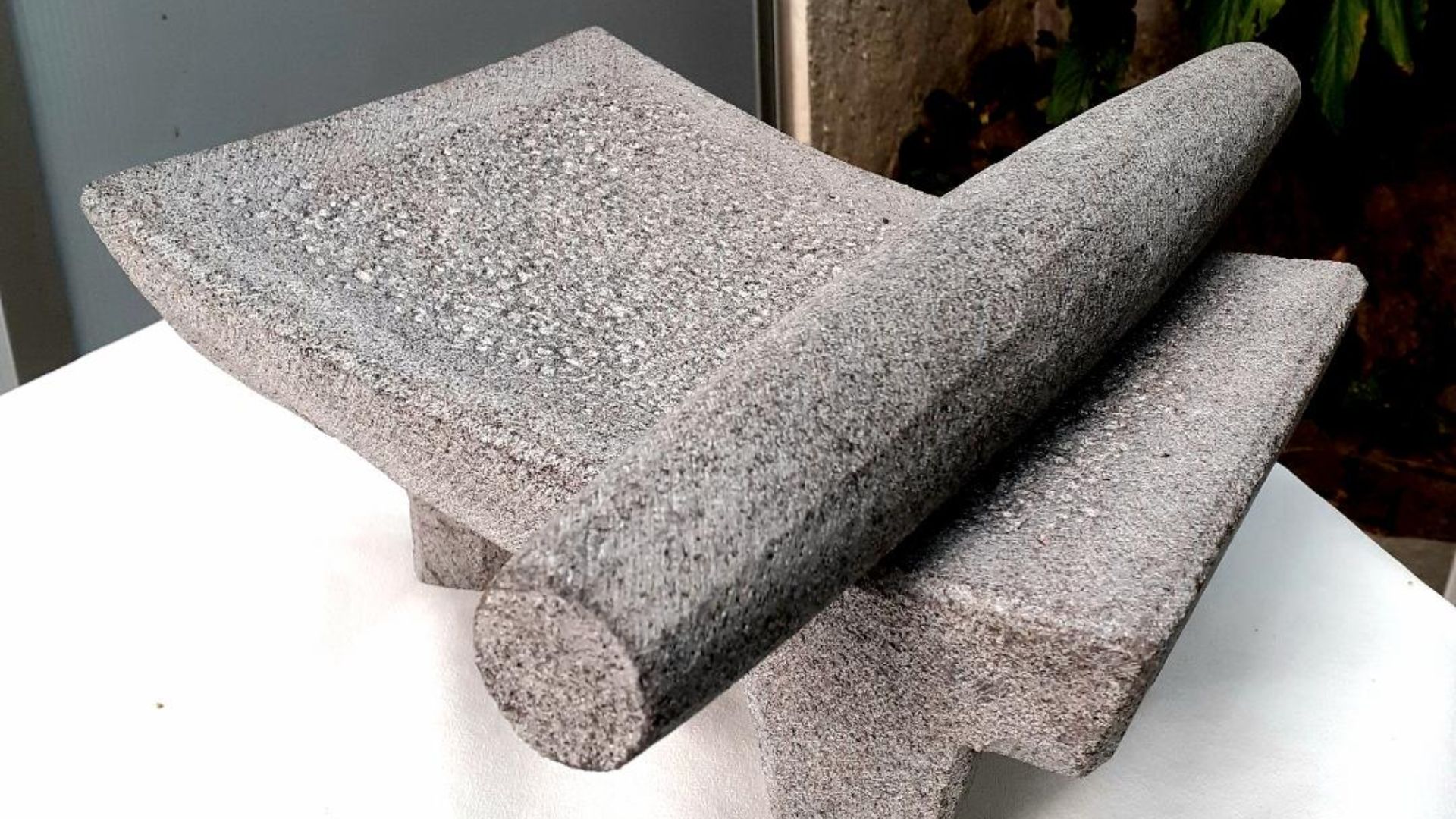 Eduardo Ruiz Mondragón on Wikimedia
Eduardo Ruiz Mondragón on Wikimedia
6. Open Hearth Fire
While this isn’t a tool per se, it’s effectively the original kitchen. Cooking over an open flame changes food in ways gas burners can’t. Bread blistered in fire tastes older and awakens something primal within us. Even the smoke turns into seasoning.
7. Tandoor Oven
These clay cylinders were buried upright and fired hot enough to sear bread in seconds. Naan slapped to the side clings like magic until it bubbles and chars. Meat can be hung inside, cooking in its own smoky perfume. Some families in India and Pakistan still keep backyard tandoors.
8. Bamboo Steamer
This consists of layers of woven bamboo stacked one on top of another. Steam rises gently, cooking dumplings without drowning them in water. There’s something beautiful in the simplicity of the design and how breathable and biodegradable it is.
9. Wok
A wok isn’t just for stir-frying; it can deep-fry, steam, braise, and even smoke. The “breath of the wok,” as some call it, comes from the fierce heat and fast hands needed to cook effectively on it. If ever you toss noodles in one, you’ll understand the value immediately.
10. Stone Griddle (Comal)
Consisting of flat slabs of stone or clay, this Central American piece of cooking equipment is used to prepare tortillas, chilies, and onions. The comal isn’t glamorous, but it’s central to the culinary culture.
11. Hand-Cranked Mill
Grain needs to be ground, and for centuries, that involved muscle. A small hand-crank mill still does the job, humming along slowly and transforming wheat into flour. There’s a unique pride that comes from breaking a sweat in the preparation of a meal.
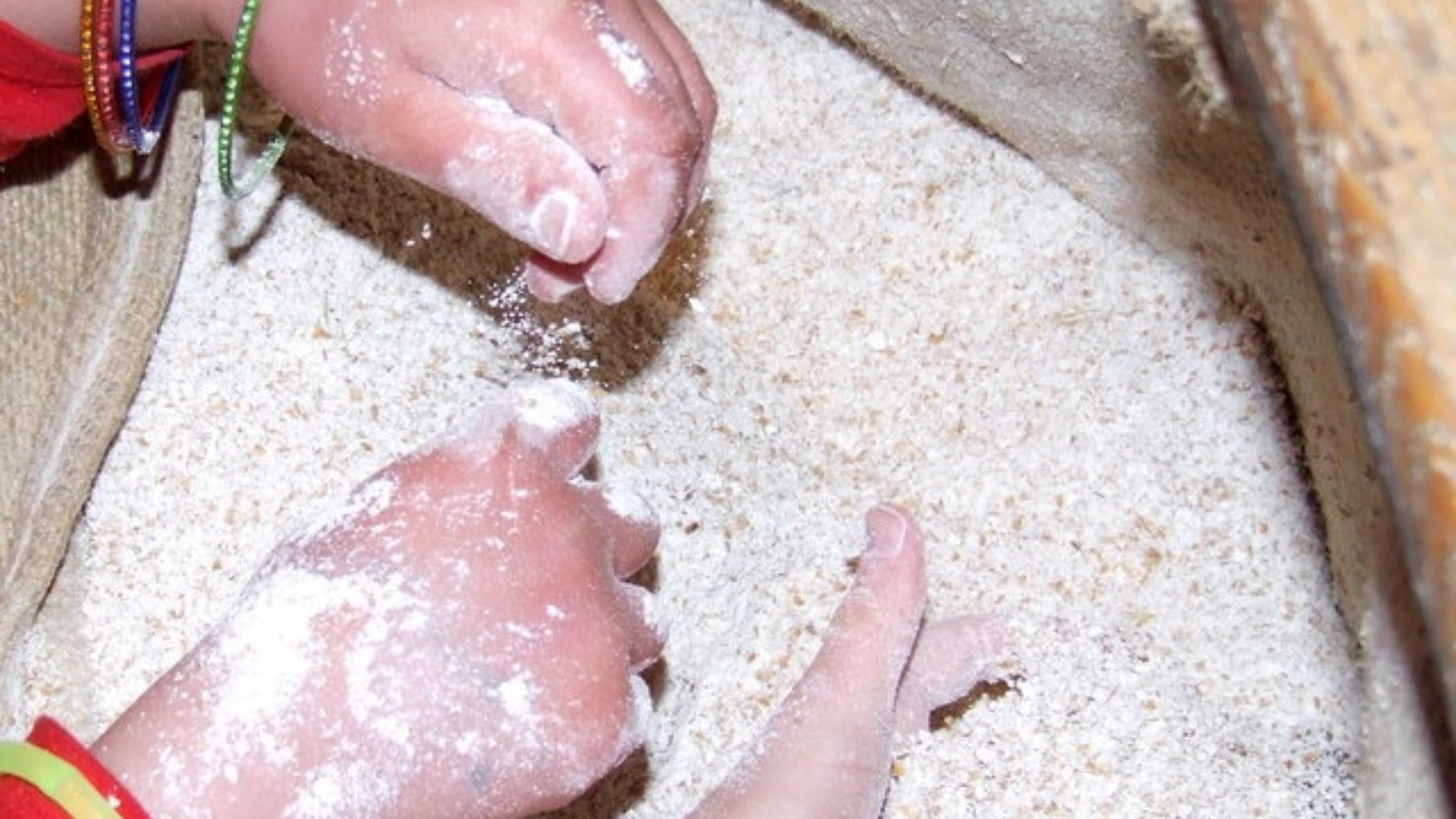 Gwen and James Anderson on Wikimedia
Gwen and James Anderson on Wikimedia
12. Animal Bladder Or Stomach As Bag
It may seem odd to our modern sensibilities, but shepherds once stored milk in animal stomachs, which, thanks to the addition of rennet, curdled into cheese. The tool wasn’t separate from nature; it was nature itself. Some traditional cheeses are still made this way.
13. Butter Churn
The equation was simple. Take a wooden barrel and long plunger, then push, pull, push, pull. Eventually, the cream starts to break, turning into golden lumps that squeak under the paddle.
14. Stone Oven
Before electric ovens, people built them from stone. Think of the domed bread ovens still used in Mediterranean villages. You build a fire inside, rake out the embers, and the walls stay hot for hours. Loaves come out crisp, dark—the crust crackling from the heat.
15. Fish Basket Or Trap
Yes, it’s technically for catching, not cooking, but we’ve decided to blur the line slightly here. Woven willow baskets submerged in rivers fed entire families. The catch went straight from water to fire, sometimes grilled on sticks just feet away.
16. Knife (Flint Or Obsidian)
Early blades, knapped from flint or obsidian, were sharper than many modern knives. Even today, some medical scalpels are made of obsidian since it’s sharper than steel. A freshly chipped edge can split a tomato skin without resistance.
17. Skewer
These could consist of simple sticks—sometimes metal or even just sharpened twigs. Food simply tastes different when it’s been threaded onto a stick and roasted over fire. The juices drip, the edges char. Whether it’s street vendors selling kebabs or kids roasting marshmallows, the tool hasn’t changed in centuries.
18. Stone Boiling
In the days before pots could take direct heat, people heated rocks in fire, then dropped them into water to boil it. Imagine the hiss and sudden bubbling. Clams, stews, soups were all made with this trick.
19. Fermentation Crock
Fermentation is a cornerstone of ancient cooking. Using thick, heavy jars, often with water-sealed lids, cabbage was turned into sauerkraut, cucumbers into pickles, soybeans into miso. The crock itself creates the right environment for bacteria to do their quiet work.
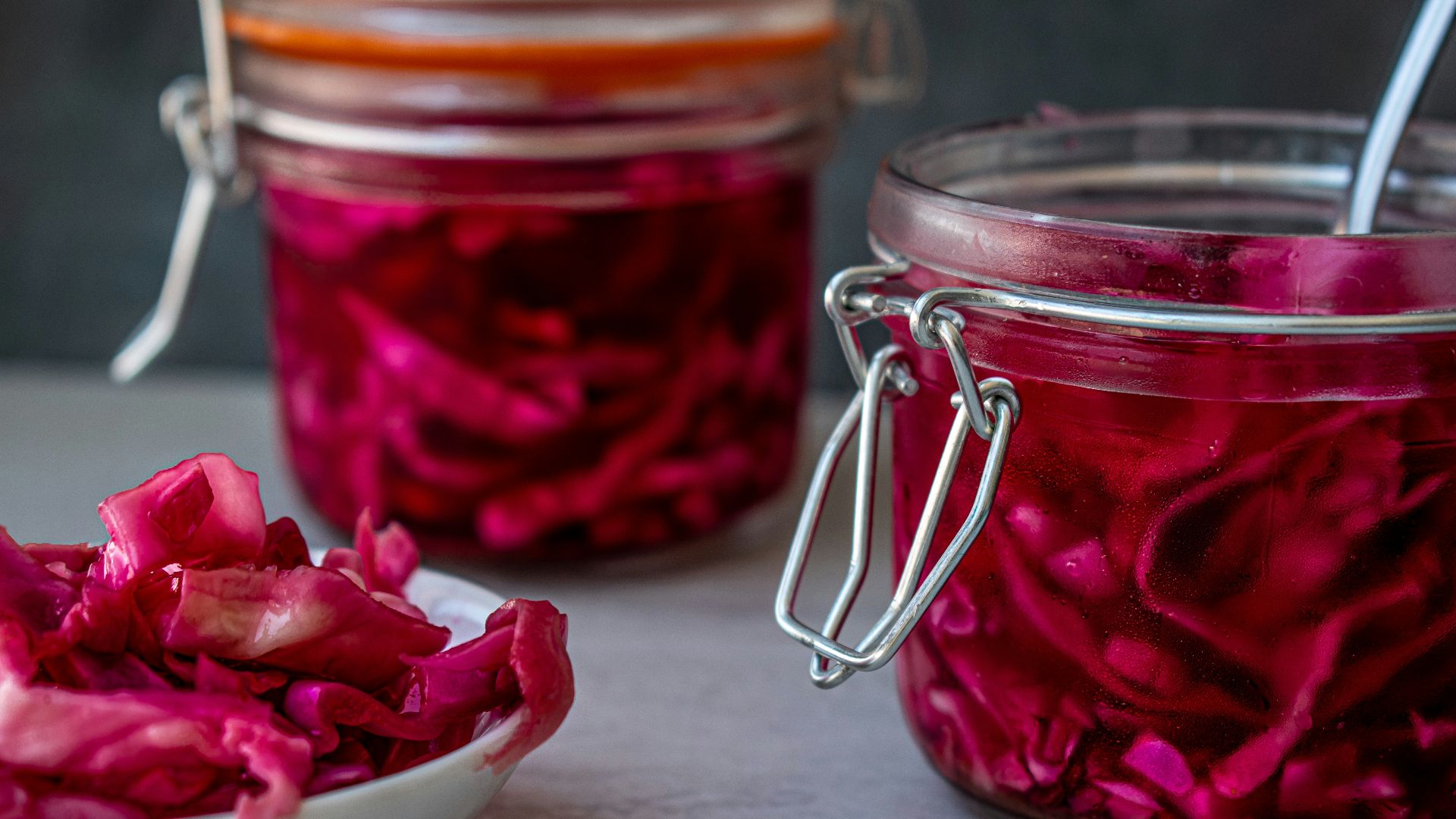 The Matter of Food on Unsplash
The Matter of Food on Unsplash
20. Bellows
Fire needs air, and bellows made flames roar hotter, letting people cook faster or keep embers alive through the night without the need for wasting their own breath doing so. Even today, campers sometimes fashion makeshift versions from cardboard or tubing, because nothing beats controlled air on fire.
KEEP ON READING

The 5 Most Consumed Foods in the Entire World
